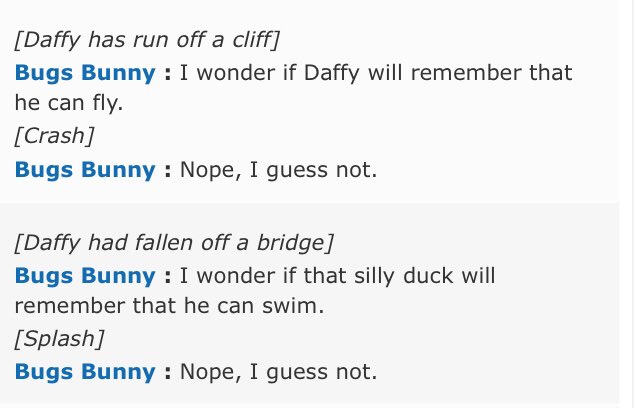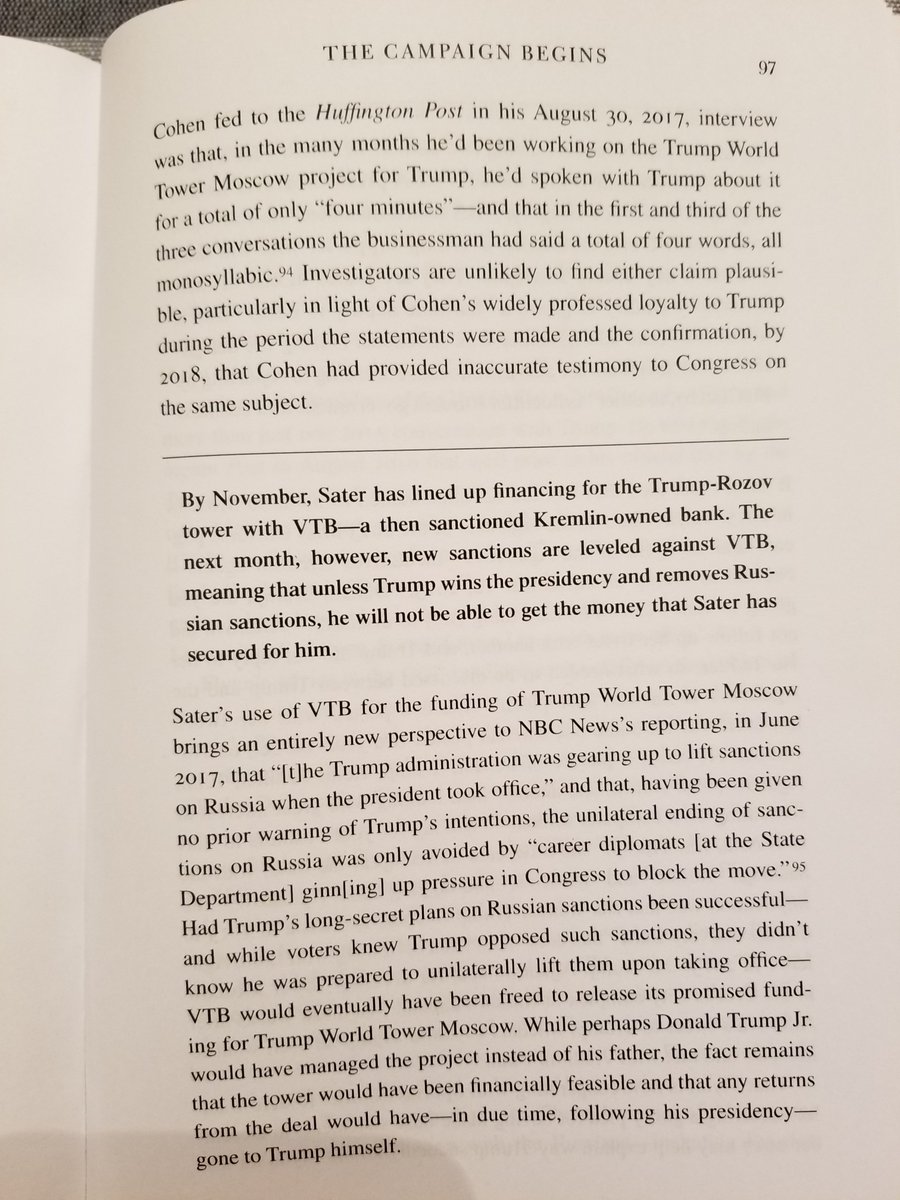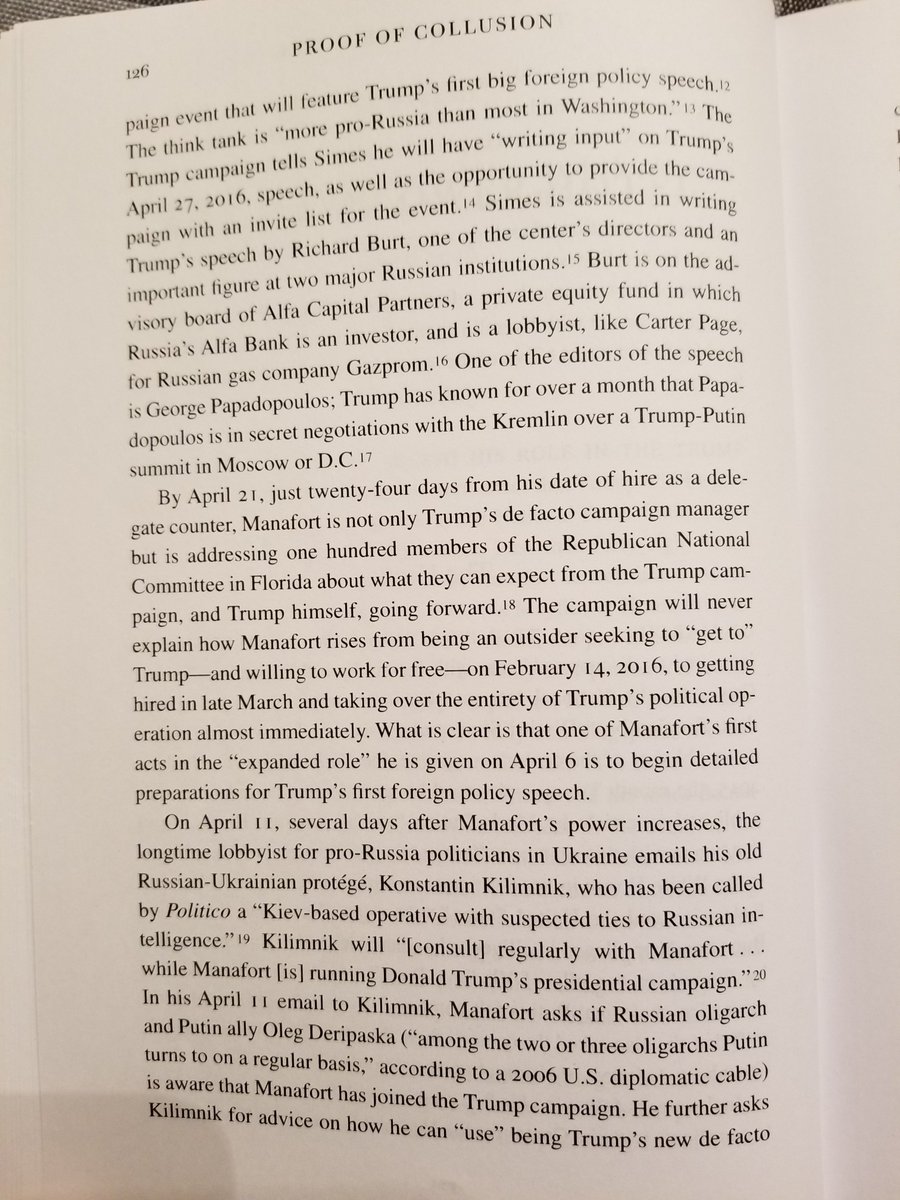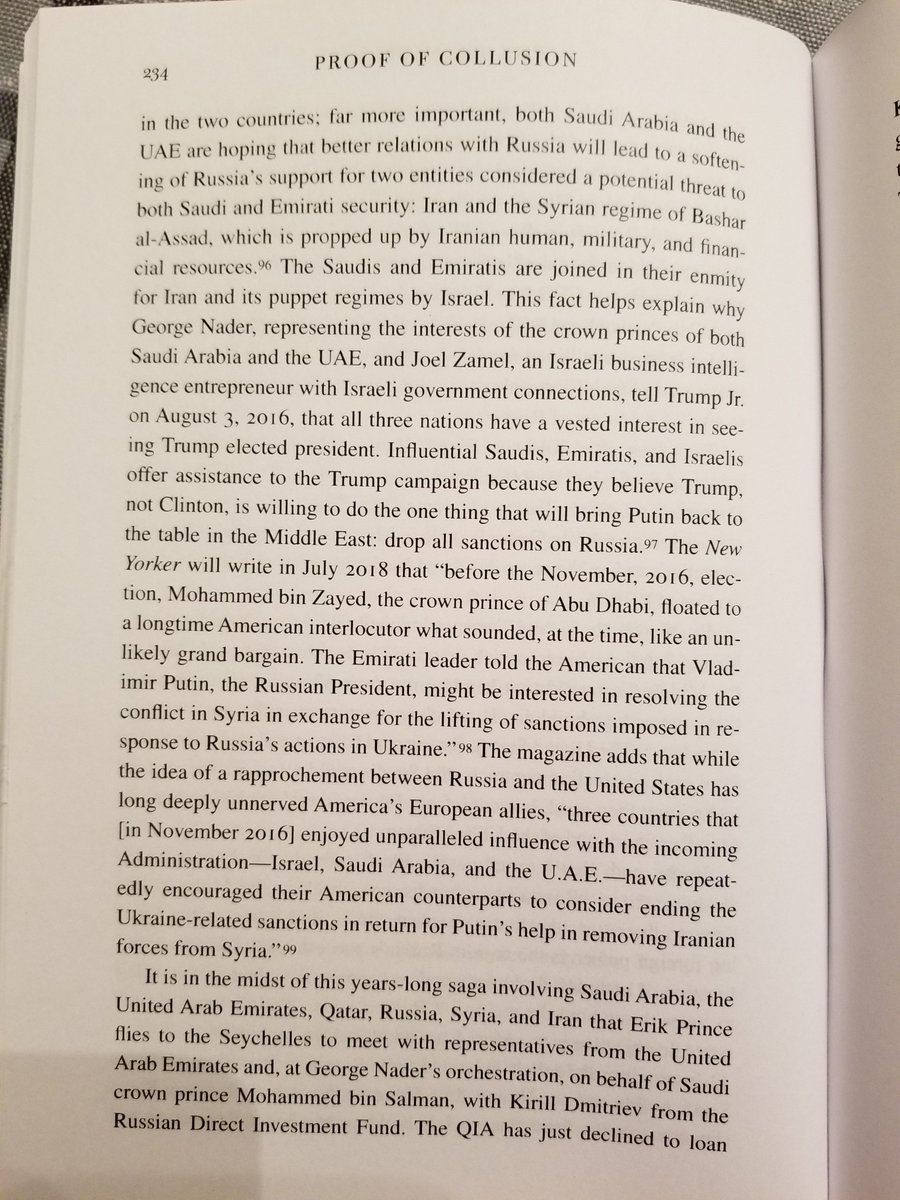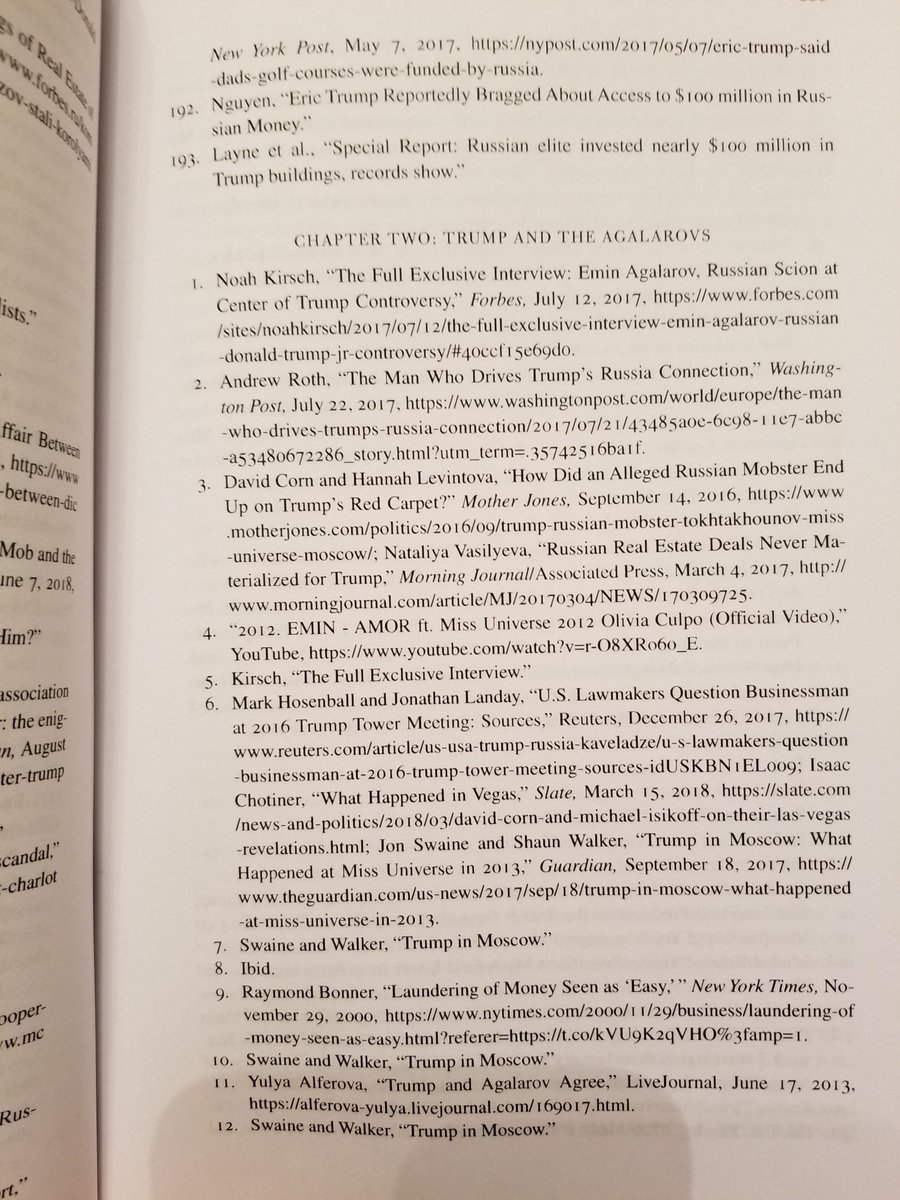I really empathize with Simon here. This is a problem I’ve often faced as an observer. How do I express the predictions of a theory that makes no [agreed] prediction?
But give it a decade & it will become the new normal. Just like the RAR. A decade ago, most theorists refused to engage with that. Can’t be true. Now everyone and their brother explains it.

